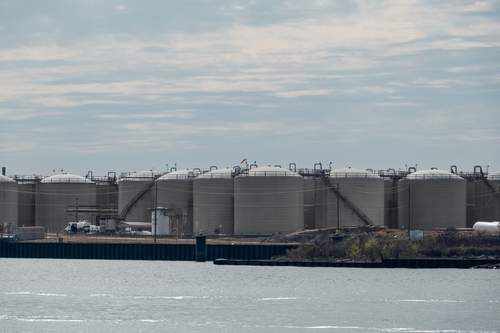Daily West Texas natural gas exports to Mexico reached 1.6 billion cubic feet even as national figures decreased

According to the latest figures from the U.S. Energy Information Administration (EIA), domestic natural gas exports to Mexico from West Texas averaged 1.6 billion cubic feet per day (Bcf/d) this May, marking a 12 percent increase over the previous year.
It continued an upward trend that has been growing since at least 2019, as more connecting pipelines were brought online. In fact, between 2019 and 2021, Bcf/d doubled. This gas flows down the Chihuahua-to-Bajío corridor, including the Samalayuca-Sásabe pipeline system and the Wahalajara system. The exportation from West Texas has been so successful that, this year, it has even replaced some pipeline exports that had been flowing from Arizona.
Mexico has benefited from the relatively inexpensive natural gas of the U.S. supply, with the West Texan supply stemming from the Permian Basin. For its southern neighbor, this has particularly aided the electric power and industrial sectors. Still, with natural gas spot prices rising this year, pipeline imports did decline to 69 percent, down from a high of 72 percent last year. Additionally, Mexico’s natural gas production increased 15 percent during the first seven months of this year compared to the previous year, largely thanks to the Quesqui and Ixachi natural gas fields.
Liquefied natural gas imports for Mexico likewise declined this year to represent less than 1 percent of the total supply. In 2019, they represented more than 7 percent of the total supply. By contrast, U.S. natural gas pipeline exports from West Texas increased 12 percent in the first five months of the year, even as other U.S. regions’ exports declined.
Combined, U.S. natural gas pipeline exports to Mexico have declined by 4 percent, to an average of 5.7 Bcf/d.
